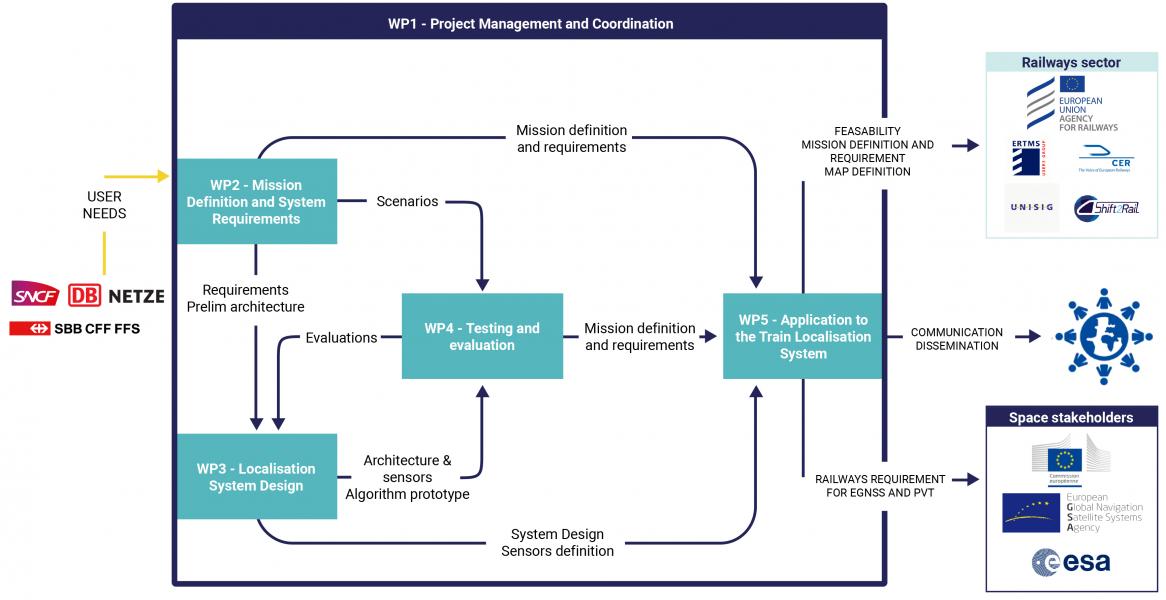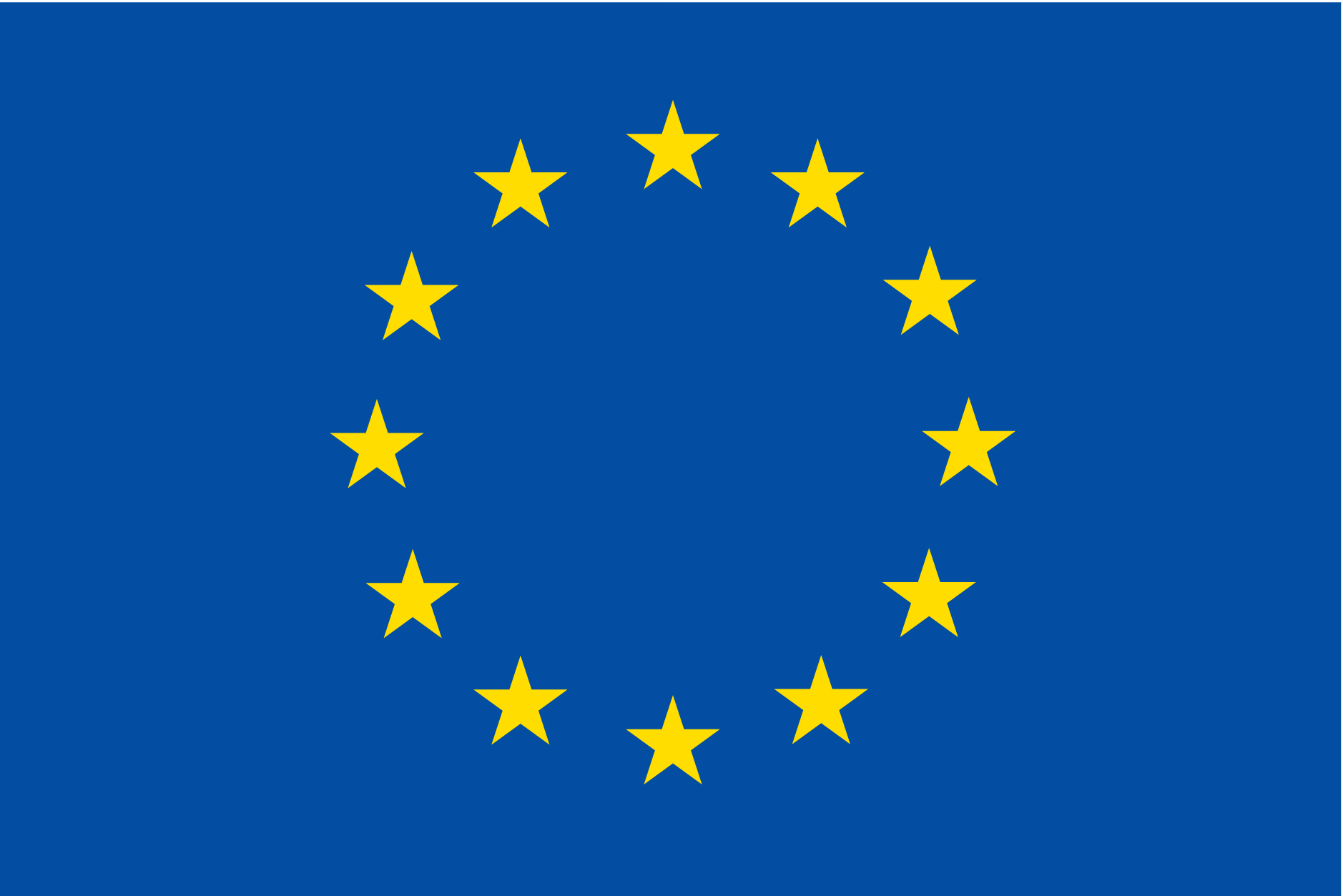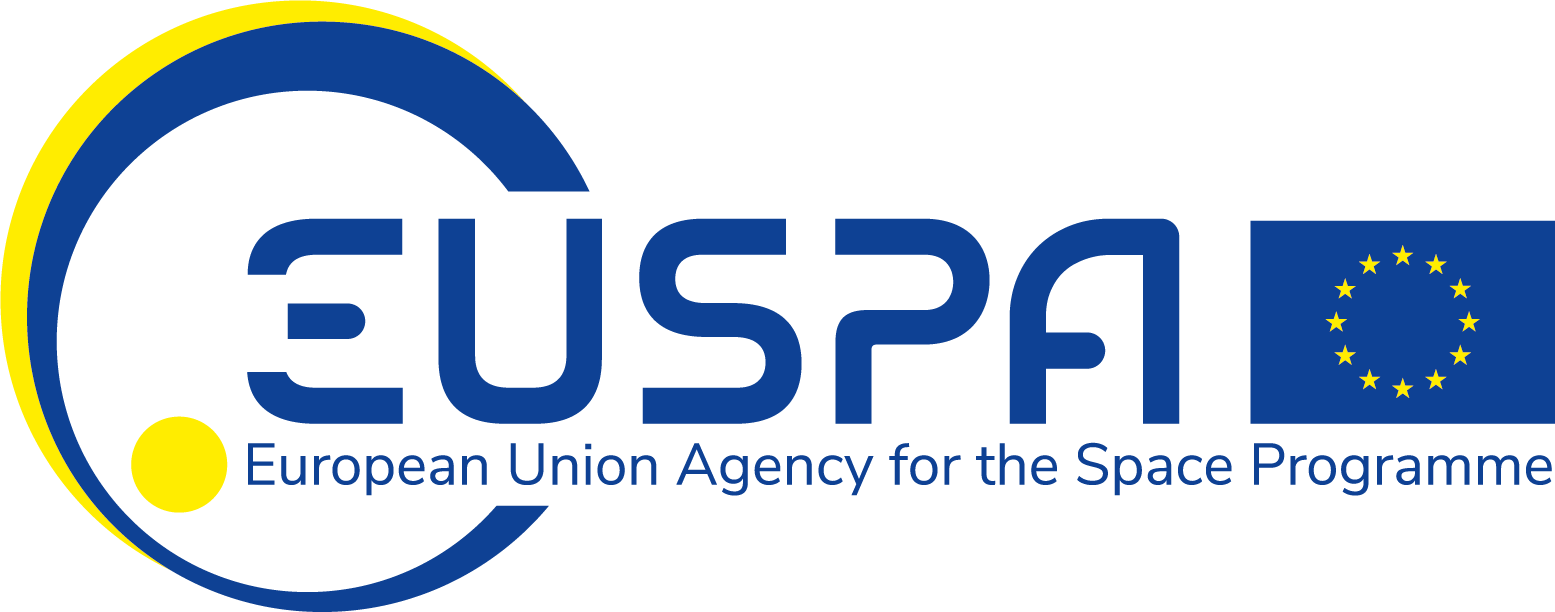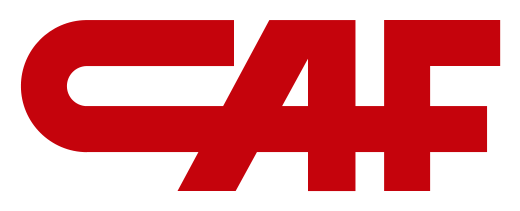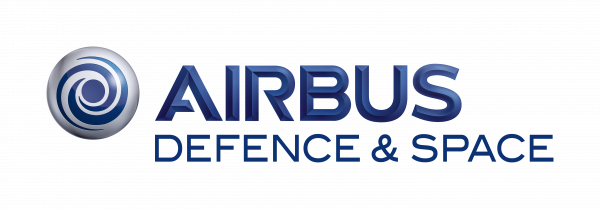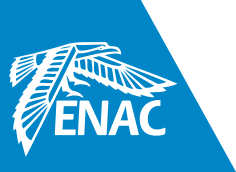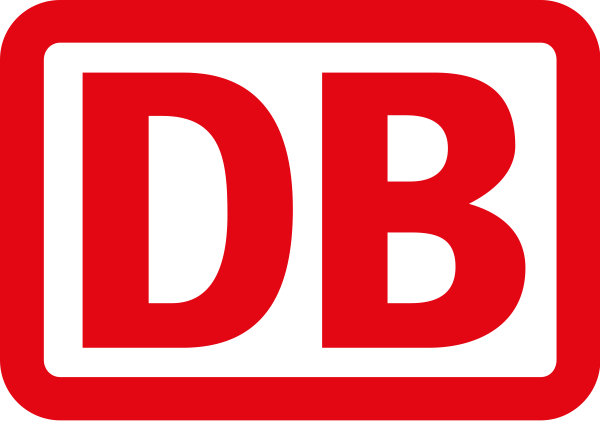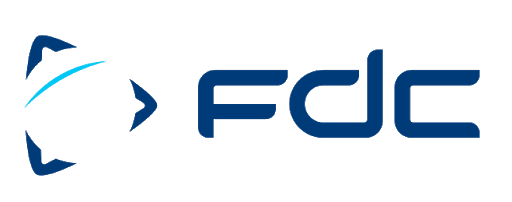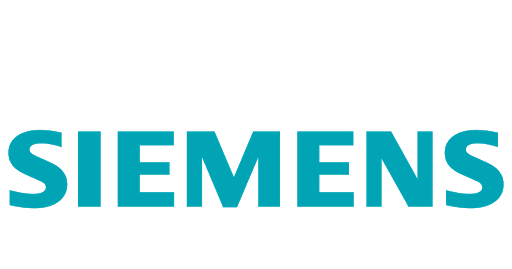With the digitalisation of transport services, train localisation in real time has become increasingly important for the European railway sector and the European travelers. Currently, the position of the train for signalling purposes is based on trackside equipment such as track circuits or axle counters, which are mounted devices at specific intervals along the railway track. Using GNSS could prove a game-changer for the European railway network.
What’s GNSS?
The Global Navigation Satellite System (GNSS) is a constellation of satellites providing signals from space that transmit positioning and timing data to receivers that use this data to determine location. This term includes e.g. the GPS, GLONASS, Galileo, Beidou and other regional systems. For the European railway network, GNSS could pave the way for improved localisation performance and notably the European rail will benefit from the use of the European satellite navigation Galileo system (E-GNSS) to compute accurate position of the trains. Also, the use of the regional augmentation system EGNOS v3 will bring the necessary reliability to the train navigator unit.
What’s the CLUG Project?
The #CLUGProject - meaning "Certifiable Localisation Unit with GNSS"- is a 2 year project (starting January 2020) gathering a large and complete consortium of different partners comprising railway companies (SNCF, DB NETZ and SBB), railway signalling industries (CAF and Siemens), navigation specialists (Airbus Defense and Space, Naventik, FDC), a research institute (ENAC) and a certification expert (Navcert). It builds on the use of GNSS coupled with other sensors (such as IMU and odometer) to provide a continuous and accurate train localisation that could be integrated in the future European Rail Traffic Management System (ERTMS).
The EU-funded #CLUGProject will assess the creation of a failsafe on-board localisation unit, with the 4 following characteristics:
- A failsafe on-board multi-sensors localisation unit consisting of a navigation core (IMU, tachometer, etc.) brought in reference using GNSS, track map and a minimal number of reference points
- An on-board continuous localisation system that provides location, speed and other dynamics of the train
- It will be operational and interoperable across the entire European rail network
- It will be compatible with the current ERTMS TSI or with its future evolutions
How it could prove a game-changer for the European railway network?
By enabling a significant reduction of trackside equipment – also meaning less fragile and vulnerable equipment - and by improving localisation performance, the #CLUGProject could prove a game-changer for the European railway network. Ultimately, this project is the key enabling technology for the future-proof development of train digitalisation and automation. Efficiency, punctuality and safety, this future train technology will respond to the increased mobility needs of all European travelers and offer them an improved customer experience.
